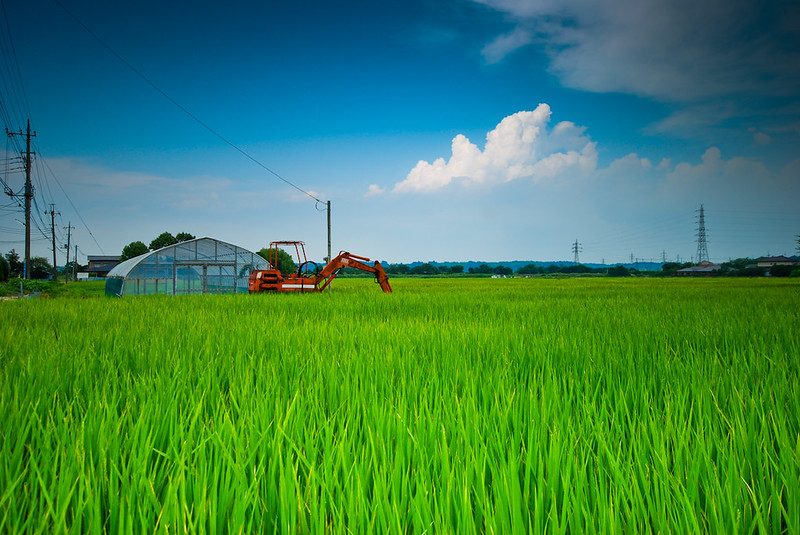Japan’s new energy strategy seeks to have solar rise to 15% of the power mix, more than double the current level. But with access to suitable land proving difficult, many solar developers are turning to the “agrivoltaic” business model as a way forward.
The commissioning of solar PV plants on agricultural land is a sensitive topic in Japan. On the one hand, the country has a low self-sufficiency rate for food production and any moves that could decrease farm yields has traditionally been a political no-go.
On the other hand, the area taken up by agriculture has decreased by 28% since 1958 due to the sector’s worsening economics. Installing solar panels on agricultural land would offer farmers a second income that might revive some abandoned acres.
The government too seems to finally be on board with the economic and environmental benefits of agrivoltaics and recently relaxed regulation to accelerate developments.
Status report
By the end of FY2019 there were 2,653 agrivoltaic projects, for approximately 670 MW of capacity, covering 742 hectares of agricultural land in Japan. These projects were …

